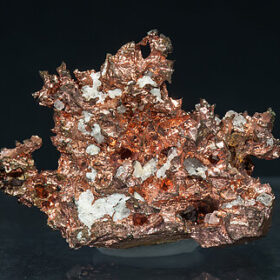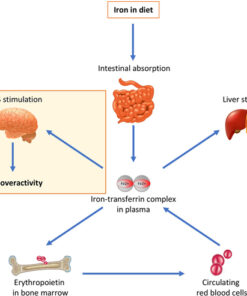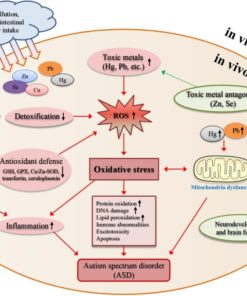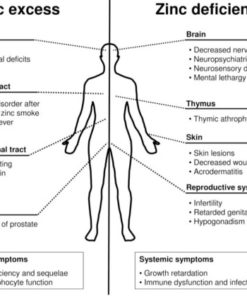
Copper Toxicity and Postpartum Depression (PPD)
Postpartum depression (PPD) is a common mental health disorder that affects many women after childbirth. A major contributing factor is the fact that during pregnancy, copper levels naturally rise in order to facilitate new blood vessel formation to the developing fetus and placenta. However, a number of women who have an impaired copper removal process have lingering elevated levels of copper, well after delivery. This may be due to estrogen dominance, obesity, hormone therapy or possibly a genetic SNP that causes issue with natural copper removal. This, per Dr Walsh's 5 Biotypes of Depression theory, explains why these women are often depressed and anxious, with possible severe consequences.
Copper Metabolism in PPD
Copper is absorbed through the diet and is transported in the bloodstream bound to a protein called ceruloplasmin. Ceruloplasmin plays a crucial role in regulating copper levels in the body and preventing copper toxicity. However, in women with PPD, the activity of ceruloplasmin may be impaired, leading to elevated levels of free copper in the bloodstream. This excess copper can cross the blood-brain barrier and accumulate in the brain, leading to oxidative stress and inflammation, which are known to contribute to the development of PPD.
Estrogen, Obesity and Copper Overload
In addition to the factors mentioned earlier, estrogen levels also play a role in copper overload and the development of PPD. Estrogen dominance, which occurs when estrogen levels are higher than progesterone levels, can lead to copper overload. Estrogen promotes the absorption of copper in the intestine and the release of copper from tissues, including adipose tissue.
Adipose tissue, or body fat, contains copper, and obesity is associated with higher levels of copper in the body. This suggests that women who are overweight or obese may be more susceptible to copper overload and the development of PPD. Furthermore, the use of hormonal contraceptives such as birth control pills and intrauterine devices (IUDs) can also affect copper metabolism. Hormonal contraceptives can increase estrogen levels and promote copper absorption, leading to copper overload.
Genetics and Post Partum Depression
Genetics and PPD: PPD is known to run in families, suggesting a genetic component to its development. Studies have shown that certain gene variants can increase a woman's susceptibility to developing PPD. One of these genes is the MT2A gene, which codes for a protein that helps regulate copper metabolism in the body. Variants in this gene have been associated with increased levels of copper in the body and an increased risk of PPD.
Diet and Copper in Post Partum Depression
Diet can play a significant role in copper toxicity and the development of PPD. Foods that are high in copper, such as liver, shellfish, nuts, and chocolate, should be consumed in moderation. In contrast, foods that are high in zinc, such as meat, eggs, and whole grains, can help to balance copper levels in the body by competing with copper for absorption in the digestive tract. A diet rich in antioxidants, such as fruits and vegetables, can also help to reduce oxidative stress and inflammation in the body.
Diagnosis and Treatment of Copper Overload in Post Partum Depression
By utilizing the diagnostic approach developed by Dr. William Walsh, PhD and his research organization one can identify whether or not copper toxicity is a significant factor. This approach involves testing copper, zinc, and ceruloplasmin levels in the body and using the results to create a customized therapeutic regimen to help correct the imbalances and improve symptoms. Dr David Epstein, D.O. is a Walsh-trained telemedicine healthcare provider utilizing this approach to provide customized treatment to patients suffering from copper overload.
Understanding Copper Overload
Useful Labs When Testing Copper Status
Other Single Item Tests
All Cognoscopy Labs
All Cognoscopy Labs
All Cognoscopy Labs
Walsh Approach Test Panels











